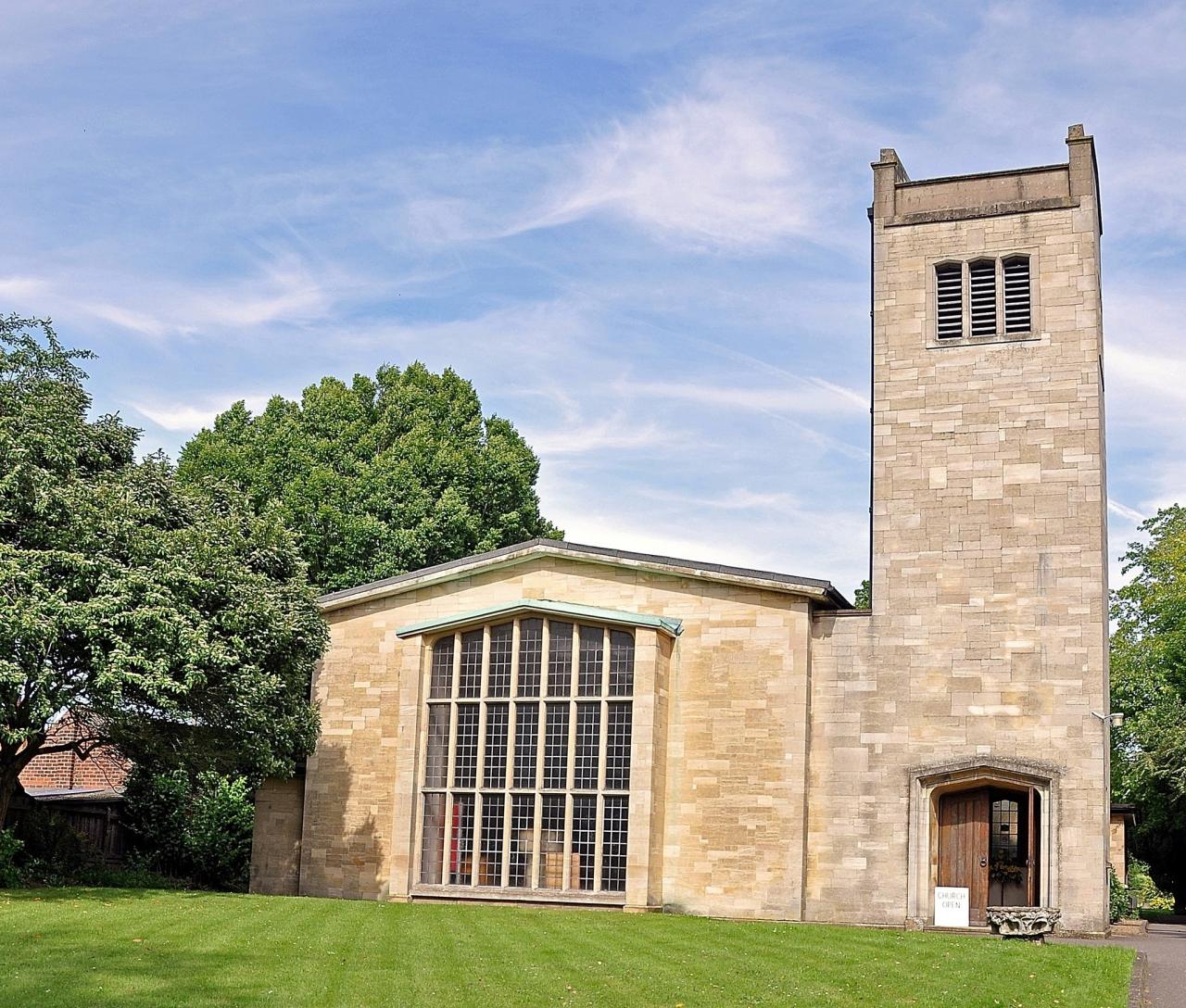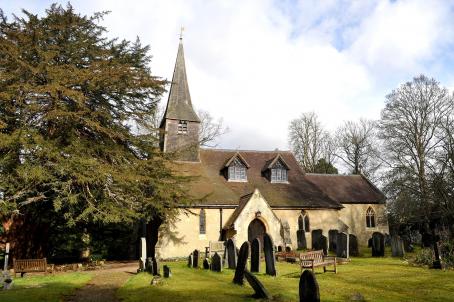St George RAF Chapel

The St George's Chapel which you see today is not the original chapel. Although there was a station church, the idea to create a more permanent memorial chapel at Biggin Hill emerged in 1943 when RAF personnel thought it would be appropriate to have a memorial to the increasing number of aircrew who were being killed on operations from within the Biggin Hill sector, remembering especially those who had died in the Battle of Britain.
About this building
For more information visit on this building visit https://www.explorechurches.org/church/st-george-raf-chapel-biggin-hill





